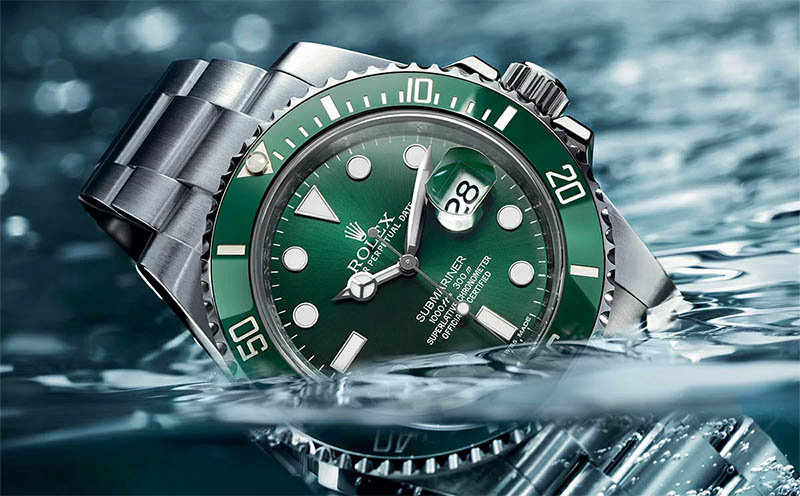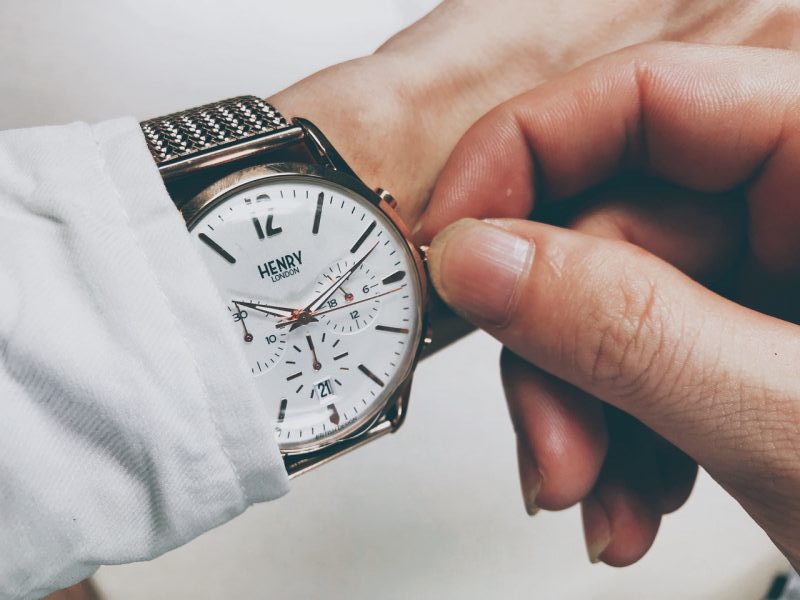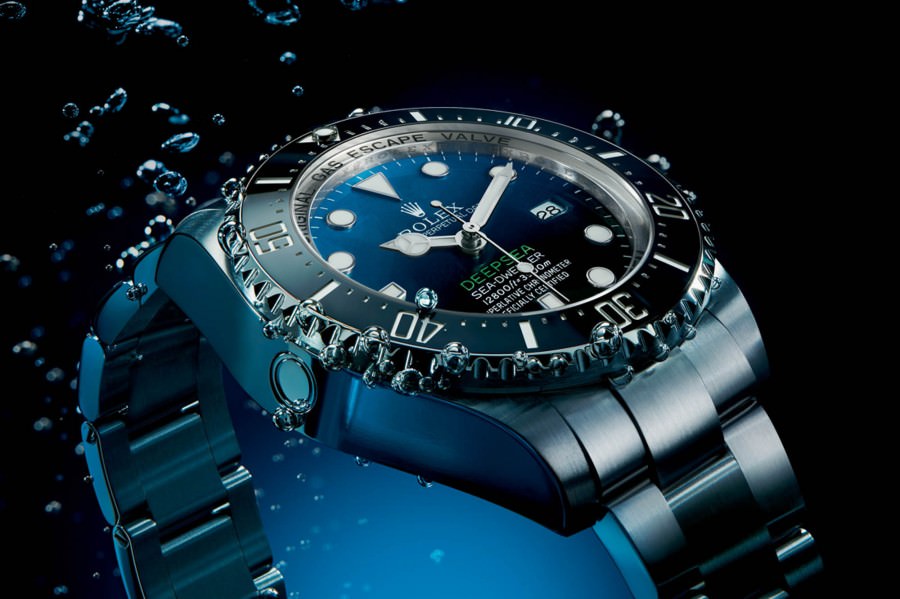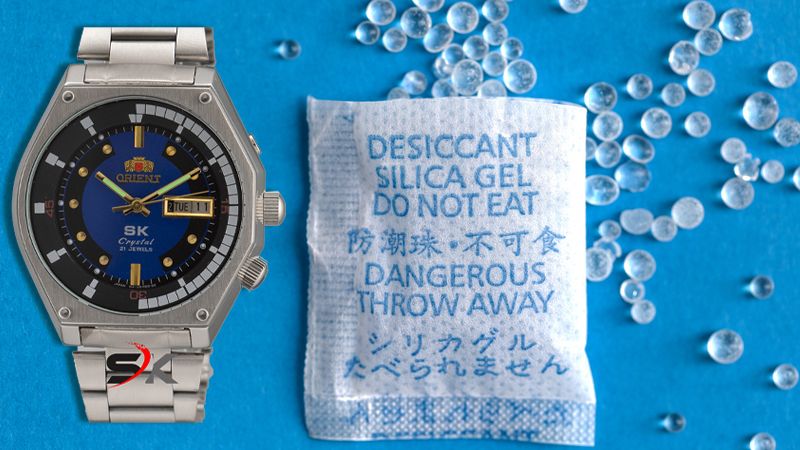During daily use, you may encounter situations where your watch comes into contact with water, affecting its accuracy and longevity. Let’s explore the proper steps to deal with a water-damaged watch and condensation at home. Let’s find out with Mon Luxury through the article below!
1. Understand the Water Resistance Rating
The Water Resistance (WR) rating on a watch indicates its ability to withstand water exposure. This rating is determined through various laboratory tests involving water pressure and specific depths. Some common symbols used to denote water resistance include:

- WR: This unit, often used by many watch brands, represents water resistance in meters. For example, WR 30 means the watch can withstand water pressure at up to 30 meters.
- BAR: Originating in the UK and widely used in Europe, BAR is a unit used to measure water pressure. 1 BAR roughly equates to the watch functioning well at a depth of 10 meters.
- ATM: This unit is commonly used worldwide. For example, 1 ATM is roughly equivalent to 1 BAR, and the watch is considered safe at depths of around 10 meters.
2. Signs of a Water-Damaged Watch
Here are some signs that indicate your watch has been exposed to water:
- Visible water droplets or condensation forming on the watch’s surface.
- You can hear water inside the watch.
- Shaking the watch causes water to leak out, even though the watch appears dry.
- The watch exhibits slowing or stopping of its function.
- Severe cases may lead to rust or metal corrosion.

3. Common Causes of a Water-Damaged Watch
There are several reasons why a watch may be susceptible to water damage:
- Incomplete Seal of Gaskets: The most common reason is the incomplete sealing of gaskets, which allows water to enter the watch. Water can easily seep through these gaps, even if the watch is designed to be water-resistant.
- Exceeding Water Resistance Limits: Depending on the watch’s water resistance rating, it may not be suitable for deep submersion or high-pressure water activities. Exceeding these limits can cause water to infiltrate the watch.
- Sudden Temperature Changes: Rapid changes in temperature, such as exposing a hot watch to cold water, can lead to condensation inside the watch, compromising its integrity.
- Chemical Exposure: Contact with chemicals, alkaline solutions, or high-salt environments, like seawater or sweat, can corrode the watch’s components and cause water ingress.
- Severe Impact: Strong impacts or collisions can create cracks or damage in the watch’s casing, allowing water to enter.

4. How to Address a Water-Damaged Watch
- Place in a Container of Rice or with Desiccant Packs: Rice is known for its moisture-absorbing properties. You can place your watch in a container filled with uncooked rice or with desiccant packs. This method helps absorb moisture from the watch. To prevent dust or particles from entering, wrap the watch in tissue or a cloth before placing it in the container.
- Use a Soft Cloth or Tissue to Wipe the Interior: Gently wipe the interior of the watch using a soft, absorbent cloth or tissue to remove visible moisture. Be cautious not to apply excessive pressure or cause any further damage.
- Invert the Watch: Some suggest placing the watch upside down on a cloth or tissue to help condensation or water inside the watch escape.
- Dry with a Hair Dryer on Low Heat: You can use a hair dryer on low heat setting to help evaporate the moisture from the watch. Keep a safe distance and avoid direct heat on the watch for an extended period to prevent overheating and damage.
- Seek Professional Help: If condensation or water damage is severe, or if you notice ongoing issues with the watch’s performance, it’s best to take it to a professional watch repair center for thorough inspection and repair.

5. Tips to Prevent Watch Water Damage
- Follow Water Resistance Ratings: Use your watch within the water resistance limits indicated by the manufacturer.
- Regularly Check and Service: Periodically have your watch serviced by a professional to ensure gaskets and seals remain intact and functional.
- Avoid Extreme Temperature Changes: Be cautious when exposing your watch to extreme temperature variations, as sudden changes can lead to condensation.
- Minimize Chemical Exposure: Try to avoid exposing your watch to chemicals, saltwater, or other corrosive substances.
- Handle with Care: Be mindful of impacts or collisions that could damage the watch’s casing.
Remember that water resistance can degrade over time, so it’s important to have your watch checked and serviced as needed to maintain its water resistance properties.





